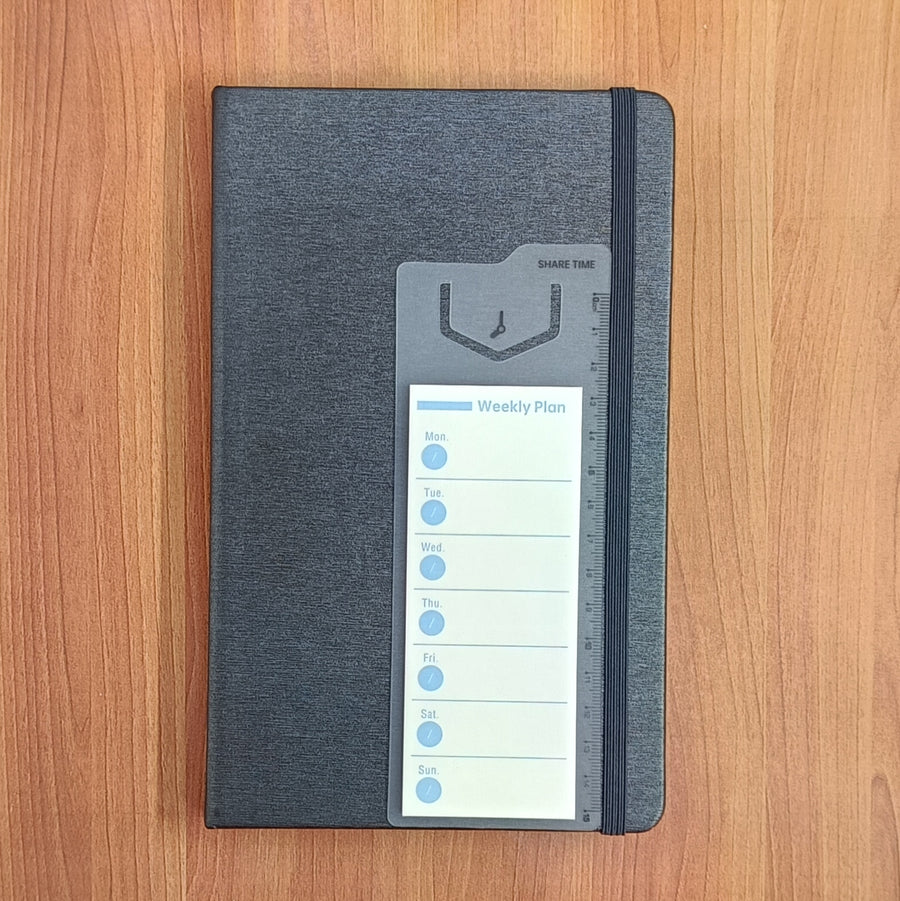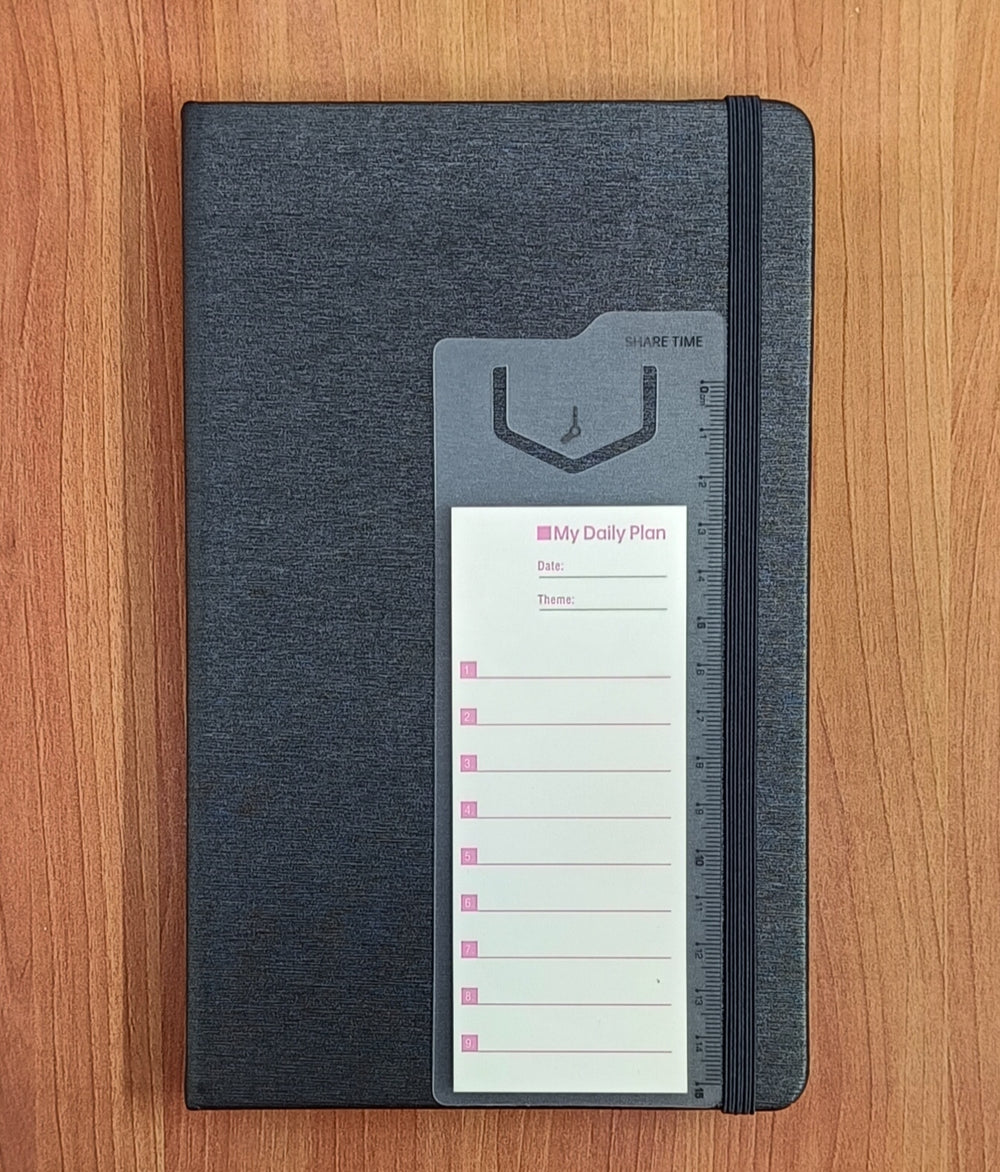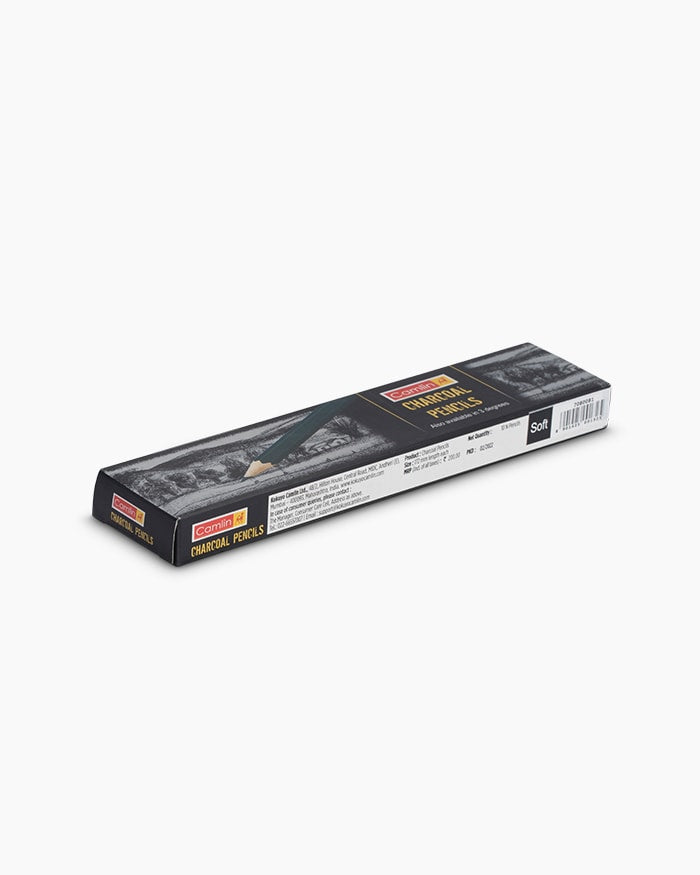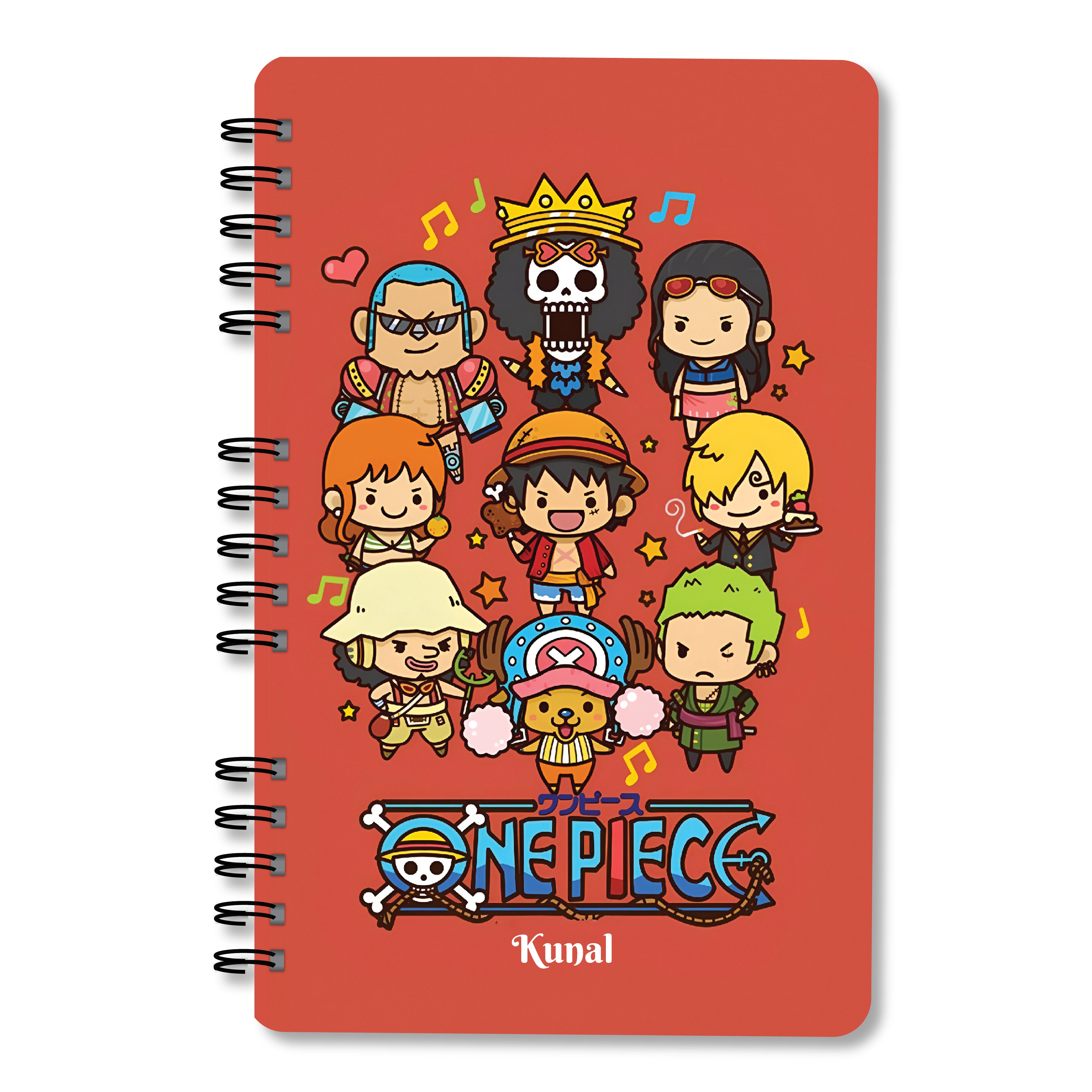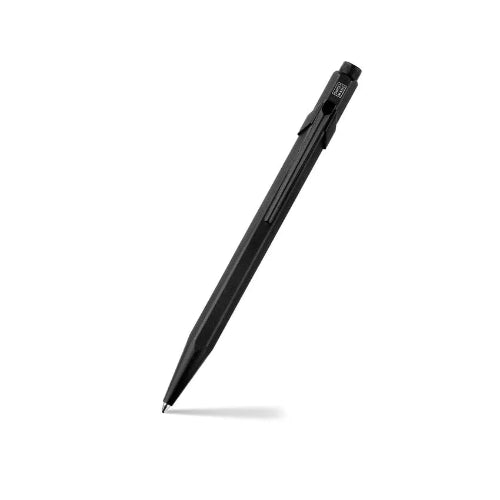The Art Pencil Best Drawing Guide: Top Picks for Artists
Choosing the right art pencil can make a significant difference in your drawing experience. In this comprehensive guide, we'll help you find the art pencil best drawing by reviewing top brands, offering practical tips, and answering frequently asked questions. Whether you're a beginner or a seasoned artist, understanding the nuances of drawing pencils is essential. From graphite grades to quality consistency, we cover everything you need to know to elevate your art. Read on to discover the best drawing pencils and how to use them effectively.
What Makes an Art Pencil Best for Drawing?
Different types of drawing pencils cater to various artistic needs. The primary types include graphite, mechanical, and charcoal pencils. Each type offers unique benefits:
- Graphite Pencils: These are the most common and versatile drawing tools available. They come in various grades, ranging from hard (H) to soft (B). Hard pencils (H) are ideal for fine lines and detailed work, while soft pencils (B) are excellent for shading and creating bold, expressive lines. Graphite pencils are perfect for artists at all levels, making them the foundation of any artist’s toolkit.
- Mechanical Pencils: Known for their precision, mechanical pencils are great for detailed work and technical drawings. They maintain a consistent line width, eliminating the need for sharpening. However, they do not offer the full range of hardness found in traditional graphite pencils, which might limit their use in some artistic applications.
- Charcoal Pencils: These pencils are perfect for creating rich, dark lines and bold, expressive drawings. Charcoal pencils produce a more intense black compared to graphite, making them ideal for dramatic sketches and studies. They require a different technique and are best suited for artists looking to explore a more expressive and less controlled drawing style.
Choosing the right pencil is crucial for achieving the desired effects in your artwork. High-quality drawing pencils provide better control, smoother application, and more consistent results, making the drawing process more enjoyable and the final artwork more impressive.
Best Drawing Pencils: Top Picks for Artists
High-Quality Drawing Pencils
- Caran d’Ache Grafwood: These Swiss-made pencils are renowned for their impeccable quality and consistency. Each grade is pure, offering minimal tonal variance, which can be a bit challenging for beginners but highly rewarding for professionals. These pencils are designed for serious artists who demand the best performance from their tools. Despite being on the pricier side, their superior quality makes them worth the investment.
- Derwent Graphic: A fantastic mid-range choice, the Derwent Graphic pencils offer a full range of grades, making them versatile for various drawing techniques. Whether you are sketching casually or working on a detailed piece, these pencils provide excellent control and consistency. They are well-balanced, making them comfortable to use for extended drawing sessions.
- Prismacolor Turquoise: For those on a budget, the Prismacolor Turquoise pencils are a great option. Despite being more affordable, they do not compromise on quality. Available in a wide range of grades, these pencils are perfect for beginners and students who are just starting their artistic journey. They offer good performance and reliability, making them a staple in many artists' collections.
Best Pencils for Sketching
For sketching, it is essential to have a variety of pencils that can create different tones and textures. A good range for sketching includes 4B, 2B, B, 2H, and 4H. These pencils offer a versatile range of tones from light to dark, allowing artists to achieve the desired depth and contrast in their sketches. Experimenting with different grades can help you find the perfect balance for your style.
How to Choose the Best Drawing Pencils
Pencil Grades and Their Uses
Understanding pencil grades is crucial for selecting the right tool for your artwork. Pencil grades range from hard (H) to soft (B), with HB being in the middle. Hard pencils (H) produce lighter lines and are ideal for detailed work and fine lines. They are great for technical drawings, architectural sketches, and initial outlines. Soft pencils (B) produce darker, richer lines, making them perfect for shading, blending, and creating depth. They are excellent for expressive drawings and adding shadows and highlights.
Quality and Consistency
When choosing drawing pencils, look for brands that offer consistent quality. High-quality pencils have well-mixed fillers and graphite, ensuring smooth application and reliable performance. Inconsistent quality can lead to frustration, as it can result in uneven lines, broken leads, and unpredictable results. Reputable brands like Caran d’Ache, Derwent, and Prismacolor are known for their consistent quality and reliability.
Price vs. Performance
While higher-priced pencils often offer better performance and longevity, many mid-range options provide excellent value. It is essential to balance cost and quality based on your needs and budget. For beginners, investing in a mid-range set can provide a good introduction without breaking the bank. As you advance, you might find it worthwhile to invest in higher-end pencils that offer superior performance and durability.
Tips for Getting the Most Out of Your Drawing Pencils
Proper Sharpening Techniques
Sharpening your pencils correctly is essential to maintain their performance and longevity. Use a sharpener designed specifically for art pencils, as regular sharpeners can damage the lead and cause frequent breakage. The Kum Long Point Pencil Sharpener is an excellent choice as it sharpens the wood and leads separately, ensuring a fine point without breaking the lead.
Maintaining Your Pencils
Proper storage and maintenance of your pencils can extend their lifespan and keep them in optimal condition. Store your pencils in a cool, dry place, and keep them organized in a pencil case or box to prevent damage. Avoid dropping them, as this can break the lead inside the wood casing, leading to frustration when sharpening.
Drawing Techniques
Experimenting with different drawing techniques can help you get the most out of your pencils. Layering involves applying multiple layers of graphite to achieve a richer, more complex texture. Shading techniques, such as hatching and cross-hatching, can create depth and dimension in your drawings. Blending tools like tortillons or blending stumps can smooth out transitions and create soft gradients. Using a combination of hard and soft pencils allows you to achieve a wide range of effects and textures.
Conclusion
Choosing the right art pencil best drawing is crucial for creating high-quality artwork. By understanding the different types of pencils, their grades, and how to use them effectively, you can significantly enhance your drawing skills. Try out different brands, follow our tips, and find the best drawing pencils that work for you. Share your favorite pencils in the comments and subscribe for more art tips!
Frequently Asked Questions
Q1. Do I need every pencil grade?
Ans: Not initially. Start with a basic range of pencils, such as 4B, 2B, B, 2H, and 4H, and expand your collection as needed. This range provides a good balance for most drawing techniques.
Q2. How do I reduce graphite shininess?
Ans: To reduce graphite shininess, apply graphite in layers and use a matte fixative spray after completing your drawing. Additionally, avoid pressing too hard on the paper, as this can squash the paper grain and increase shininess.
Q3. Why do my pencil leads keep breaking?
Ans: If your pencil leads keep breaking, it might be due to your sharpener. Use a high-quality sharpener like the Kum Long Point, which sharpens the wood and lead separately to prevent breakage.
Q4. Can I use mechanical pencils for detailed work?
Ans: Yes, mechanical pencils are excellent for detailed work due to their consistent line width and fine tips. However, they may not offer the full range of hardness found in traditional graphite pencils.
Q5. How do I choose the right drawing paper?
Ans: When choosing drawing paper, look for a weight above 135 gsm and a slightly textured surface. Cartridge paper is a popular choice for its balance of texture and weight, providing a good surface for graphite and pencil work.
Q6. Are expensive pencils worth the investment?
Ans: Expensive pencils often provide better quality and performance, but many mid-range options offer excellent value. Assess your needs and budget to determine if the investment is worthwhile for you.
Q7. What's the best way to store my pencils?
Ans: Store your pencils in a pencil case or box to protect them from damage. Keep them in a cool, dry place to prevent the wood from warping and the leads from breaking.
Q8. How do I maintain consistent quality in my drawings?
Ans: To maintain consistent quality in your drawings, practice regularly, use high-quality materials, and properly maintain your tools. Experiment with different techniques and find what works best for your style.


